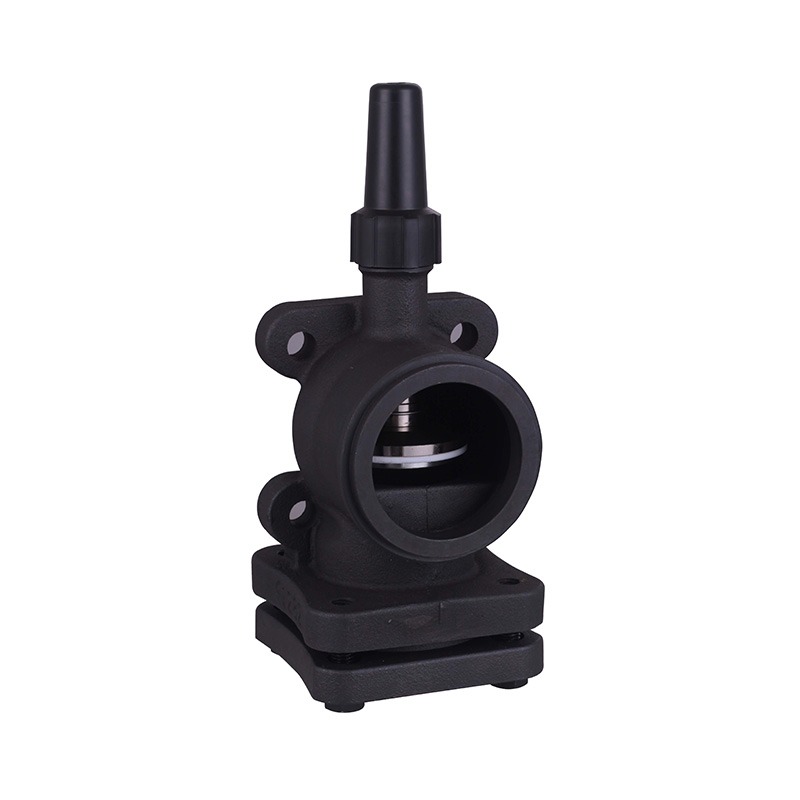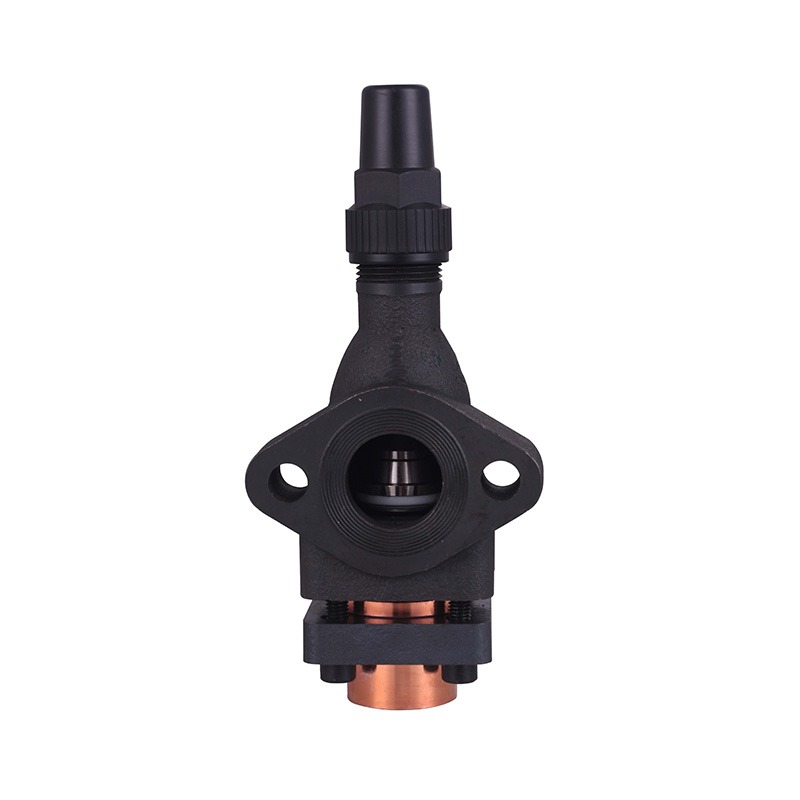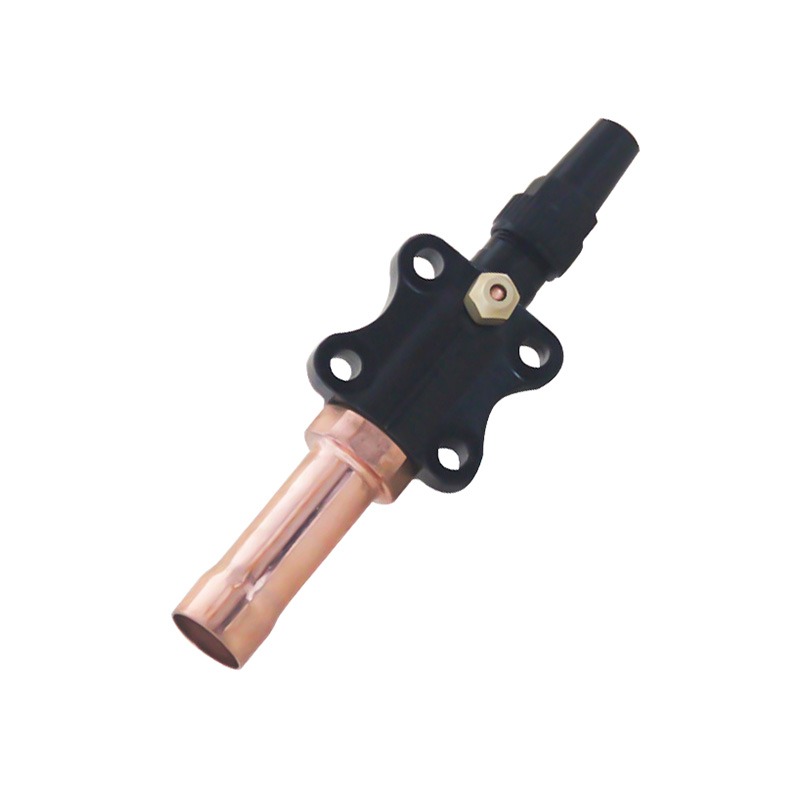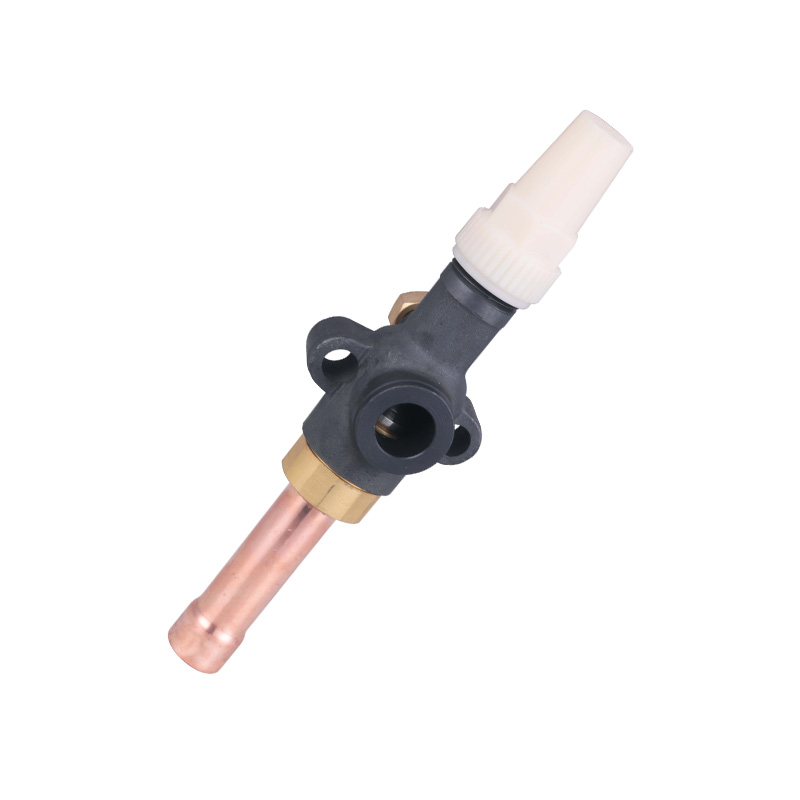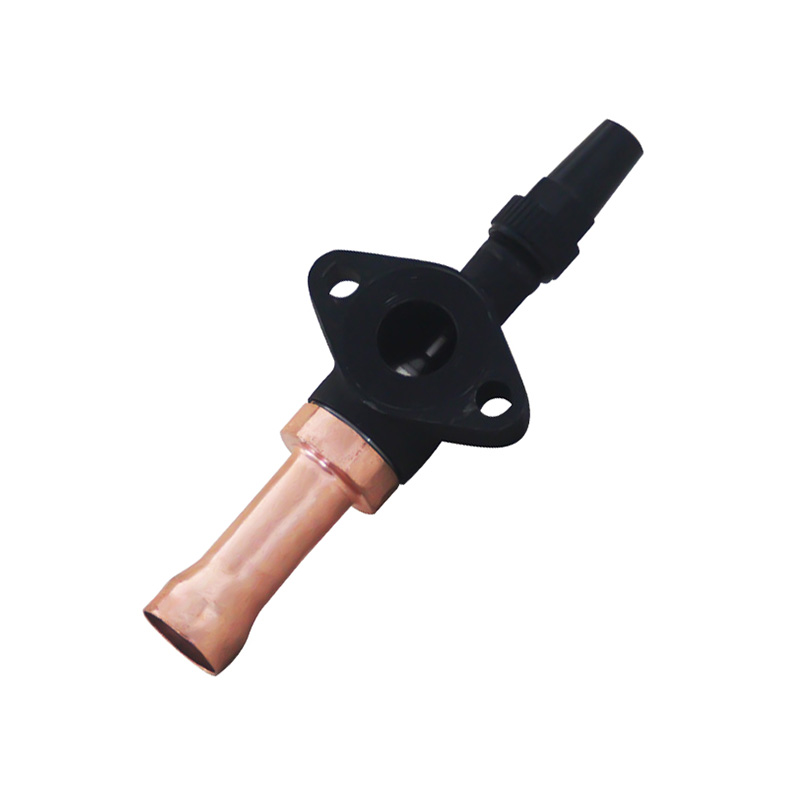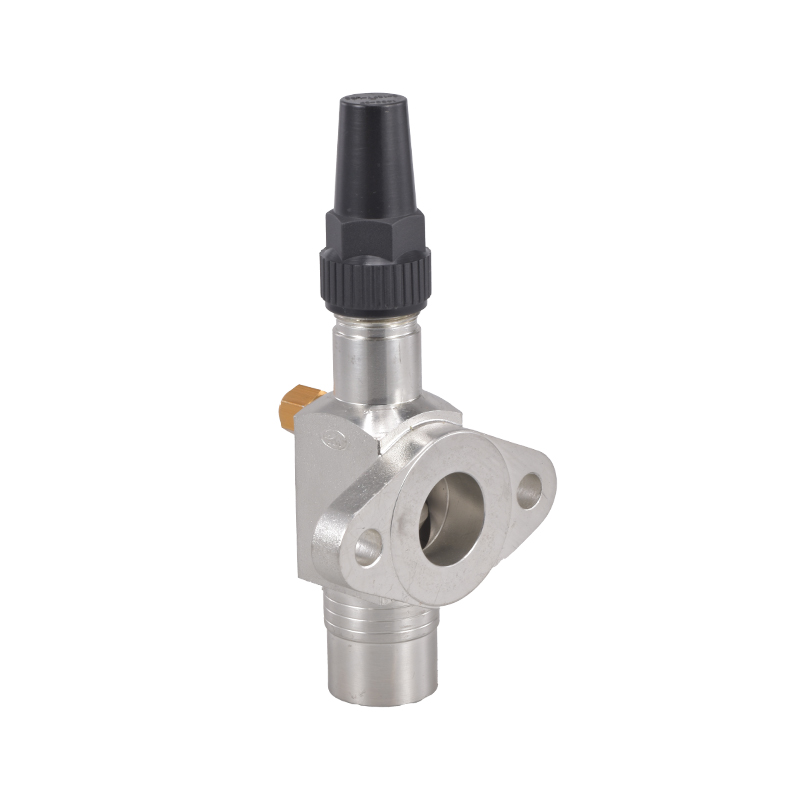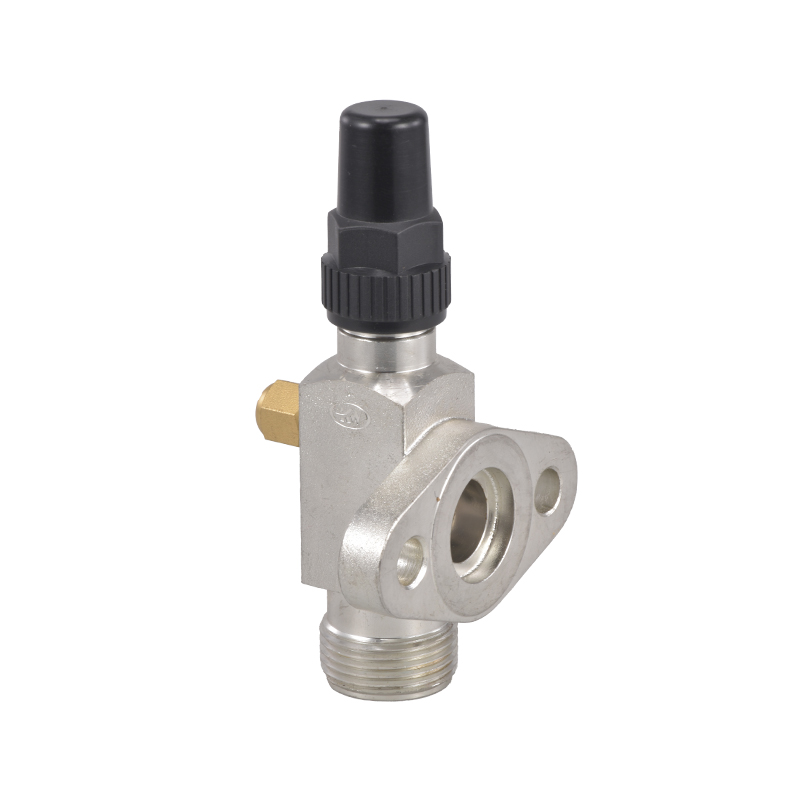The Applications for Compact Rotary Airlock Valves in Food Processing
 By Admin
By Admin
Often unnoticed yet critical to system performance, rotary airlock valves help maintain controlled material flow and pressure balance between different equipment zones. Among their many variants, the small rotary airlock valve and the high pressure rotary airlock valve are gaining particular traction in modern food manufacturing facilities. These compact yet powerful devices are enabling smoother operations, better hygiene, and increased automation across the sector.
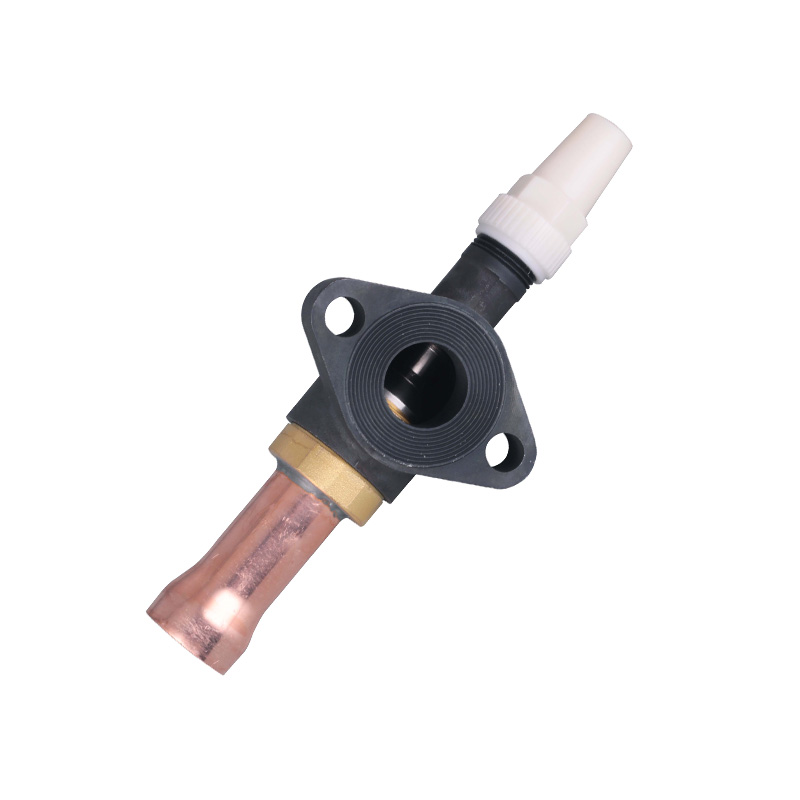
A rotary airlock valve functions by allowing material—usually powder or granules—to pass from one chamber to another while maintaining an airtight seal. This is essential in food processing systems that require air pressure regulation to prevent contamination or product degradation. For example, during the transfer of flour or sugar into a mixing vessel, a rotary airlock valve prevents backflow of air and keeps the material from clogging or becoming airborne. This ensures a cleaner environment and accurate ingredient dosing.
One of notable developments in recent years is the emergence of the small rotary airlock valve, which is designed for compact or modular equipment setups. Space is often at a premium in food processing facilities, especially in retrofitting older plants or incorporating secondary processing lines. These compact valves deliver all the benefits of their larger counterparts but in a smaller footprint, making them ideal for spice mixers, micro-ingredient systems, and tabletop machines used in specialty food production.
At the same time, the rise in demand for pressurized conveying systems—used to transport materials over long distances within large-scale food processing plants—has brought the high pressure rotary airlock valve into the spotlight. Unlike standard valves, a high pressure rotary airlock valve is engineered to withstand higher differential pressures while still maintaining an airtight seal. This is particularly important in pneumatic conveying systems where pressurized air is used to move ingredients like starch, flour, or cocoa powder efficiently from silos to mixing stations without loss of material or air pressure.
The versatility of the rotary airlock valve becomes especially evident when considering its applications in systems handling allergens, such as nut powders or dairy derivatives. Since contamination control is crucial in these cases, both small rotary airlock valves and high pressure rotary airlock valves play critical roles in ensuring that the ingredient flows are tightly controlled and confined within sealed environments. These valves can be disassembled and cleaned with ease, meeting strict sanitary standards demanded by food safety authorities worldwide.
Automation is another frontier where the rotary airlock valve demonstrates its value. Integrated into smart systems, a small rotary airlock valve can be fitted with sensors to monitor rotation speed, product buildup, or leakage. These data-driven features enable predictive maintenance and operational optimization. Similarly, a high pressure rotary airlock valve equipped with advanced sealing mechanisms can operate continuously in pressurized environments without compromising product integrity, a feature increasingly in demand in high-volume production lines.
Moreover, the adaptability of the rotary airlock valve across various types of materials—dry, granular, powdered, or even semi-moist—makes it indispensable in food processing scenarios ranging from cereal production to pet food packaging. Whether it is a small rotary airlock valve installed beneath a hopper in a flavoring unit or a high pressure rotary airlock valve managing pressurized delivery to a baking line, the result is the same: reliable performance, reduced downtime, and improved product quality.
As production demands continue to escalate and safety standards become more stringent, manufacturers are relying more heavily on these compact and high-performance components to streamline their operations. Their role, though behind the scenes, is pivotal to delivering safe, consistent, and high-quality food products to consumers worldwide.




 English
English русский
русский Deutsch
Deutsch
